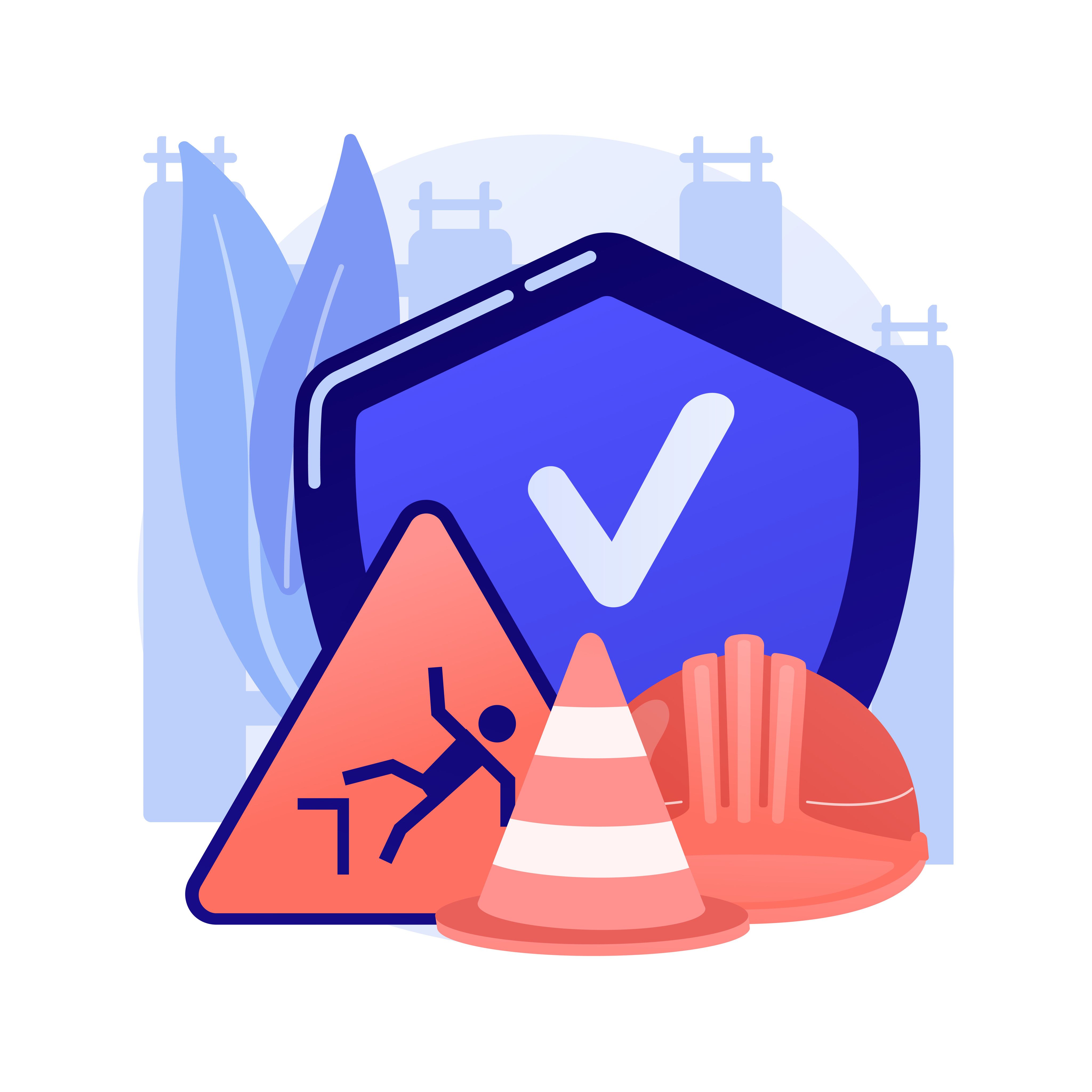Lockout, whether electrical, hydraulic, or mechanical, is the process of securing equipment or an installation to allow safe intervention.
A failure or absence of lockout can lead operators to dangerously come into contact with live electrical parts, pressurized fluids, or moving mechanical components. The electrical, hydraulic, and mechanical lockout process therefore consists of isolating and securing equipment, installations, and machines.
For electrical lockout, it is the sequential set of essential, regulated operations that ensures the safety of both personnel and equipment before working on electrical devices or installations. In fact, only work performed with the power switched off can provide full protection against electrocution-provided that all voltage is truly removed and remains so. This is the purpose of lockout.
Electrical, hydraulic, and mechanical lockout processes require robust procedures to guarantee strict compliance with safety rules under current legislation.
It’s important to note that just because an installation is shut down does not mean it is secured for intervention. Accidents - often serious - frequently occur due to this misconception.




